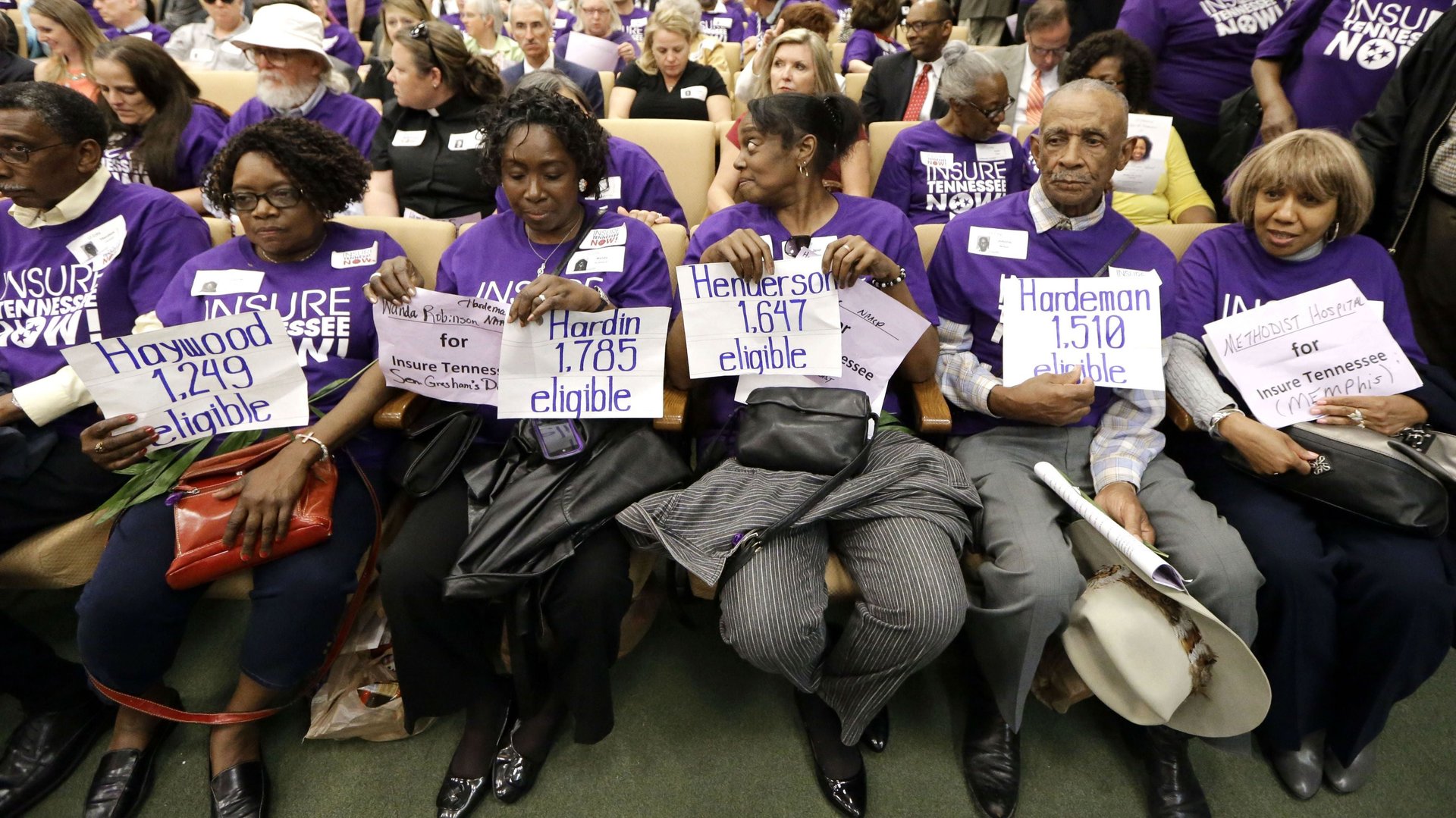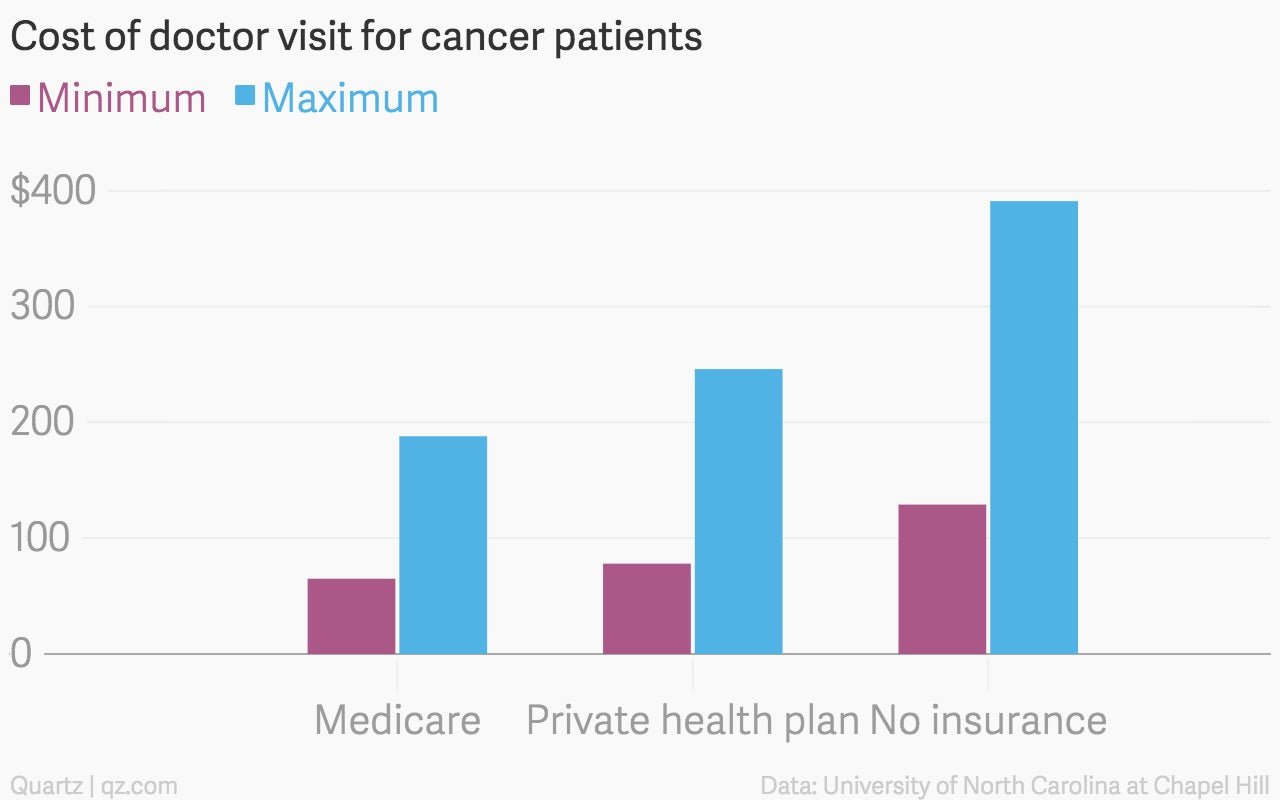The high cost of cancer drugs is even higher when you’re uninsured
Cancer drugs are more expensive in America than anywhere else, and their cost rises every year, causing serious economic consequences for people undergoing cancer treatment. This is especially true for Americans without health insurance who, according to a research from the University of North Carolina at Chapel Hill, are asked to pay from two to 43 times the price insured patients spend on the same treatments.


Cancer drugs are more expensive in America than anywhere else, and their cost rises every year, causing serious economic consequences for people undergoing cancer treatment. This is especially true for Americans without health insurance who, according to a research from the University of North Carolina at Chapel Hill, are asked to pay from two to 43 times the price insured patients spend on the same treatments.
The study, published in the journal Health Affairs, compared the price charged by physicians in 2012 for intravenous cancer drugs without insurance, with Medicare (a federal and state-based health insurance program for low-income families) or through private insurance. In some cases, the cost was more than double. Here is the cost for chemotherapy infusions of colorectal cancer drug oxaliplatin:

For other chemotherapy drugs, the difference in pricing was even more extreme. Carboplatin, a drug used for several types of cancers including ovarian and lung, is more than 43 times more expensive for patients with no healthcare than for Medicare patients.

Discrepancies aren’t just limited to the costs of drugs—for cancer patients, the cost of doctor visits also vary significantly in accordance to the health plan:

Patients without insurance have no negotiation power when it comes to healthcare costs. This is all the more troublesome as the demographic of people who don’t have health insurance largely comprises low-income families, who in six cases out of 10 are 200% below the poverty line.
In 80% of cases, the people who can’t afford healthcare are workers, or dependent of workers, who fall through the cracks of the subsidized Medicare, and while the Affordable Care Act demands that every citizen buy health insurance, many still opt by paying the fine rather than enrolling in programs they can’t afford. According to the estimates, in 2014 over 40 million Americans under 65 were uninsured despite the provisions of the Affordable Care Act.
Stacie Dusetzina, one of the authors of the study, told Health Day that it’s unclear what uninsured patients are forced to pay for chemo drugs, though she pointed out a 2007 report stating that 53% of uninsured patients ended up paying more than an insurance would for the same services.
Uninsured cancer patients are more likely to delay their access to screening and care for fear of high costs: According to a 2008 study, uninsured cancer patients are twice as likely to die within five years than those with private insurance.